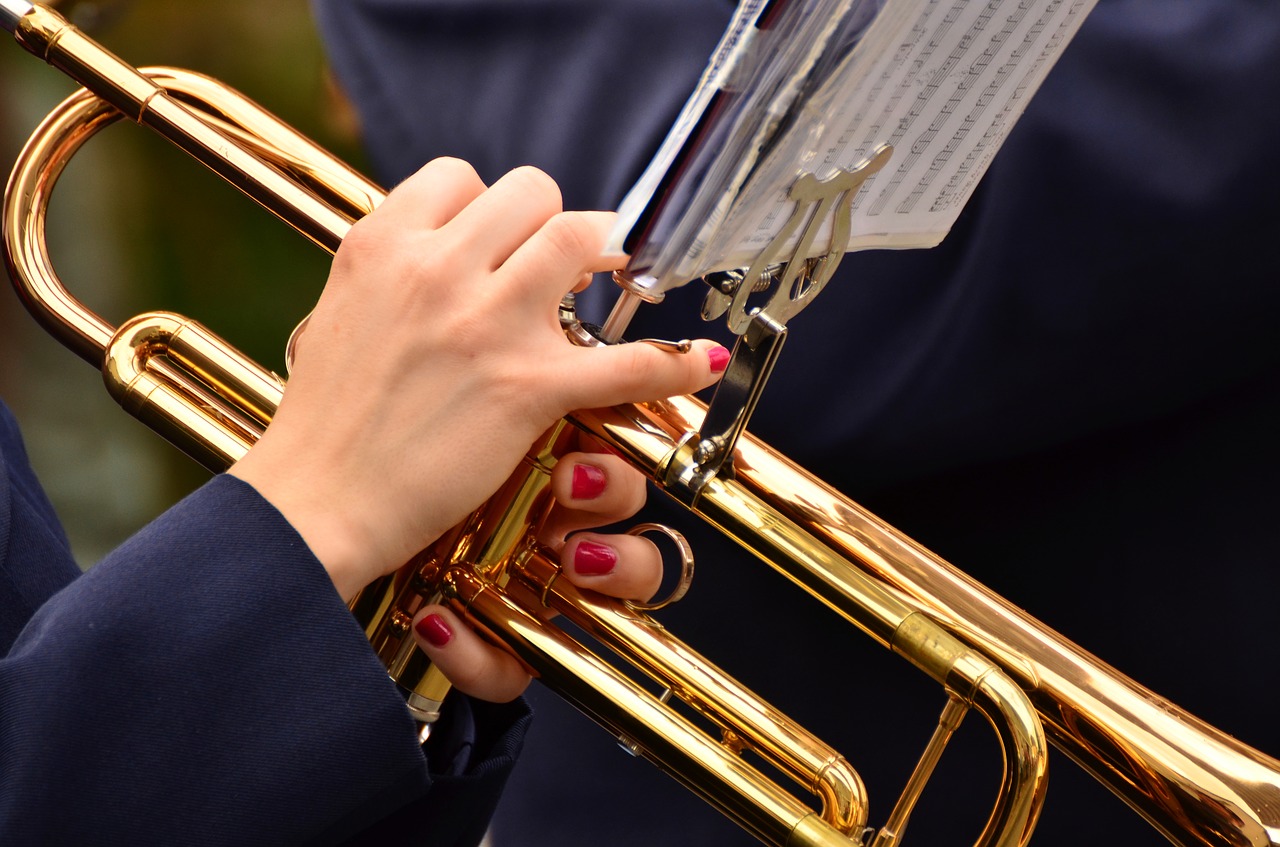

There’s a new buzzword in education these days: S.T.E.M., short for Science, Technology, Engineering and Mathematics. With the massive technological advances made in recent years, many people have pushed for a more S.T.E.M. centered curriculum in schools, with extreme emphasis on the technology portion.
However, rather than creating classes to teach kids about computer programming or robotics, the technology of S.T.E.M. has apparently come to mean giving first graders laptops that they never use. The cost? Music and arts programs.
Not Worth the Cost
Technology–much as we would like it to be—is not free. In fact, it is expensive. Take as an example my own high school, Hazelwood West High School, in Hazelwood, Missouri. During my senior year of high school, every student received a Dell Chromebook 3180. These laptops retail on Dell’s website at $209.00 in their most basic form.
Multiply that by approximately 2200 students in our school population and you get a grand total of $459,800 spent on laptops that we maybe used a dozen times in the course of the entire year.
Besides this, we were not the only school in the district to receive laptops. The other two high schools, Hazelwood Central and Hazelwood East, received them as well. Plans were in place to hand out Chromebooks to the middle and elementary schools beginning the following year.
Meanwhile, this same school year, the Hazelwood School District faced a massive budget crisis. To solve it, the district cut four music teacher positions from the elementary level band and orchestra programs. Instead of band and orchestra being curricular, the district switched to only after school instruction. Along with this, the district removed funding for extracurricular music programs like the high schools’ pep bands.
Now, some would argue that since a government grant funded the laptops, the school never spent money on them. However, just for my high school, that grant spent nearly $460,000 of taxpayer money on unnecessary technology, rather than spending it to fund more opportunities for students, like music programs.
This would be bad enough if the problem were only in one district, but schools cutting music programs is a nationwide issue. As school after school faces budget cuts, music programs are consistently cut first to decrease spending.
Benefits of Music Education
For many, the arts, and particularly music, are the easy target in a budget crisis. After all, they say, what good will learning how to play the violin or the flute be to kids in the real world? Why should we spend money on it?
This belief is where arguments against music programs crumble. To a causal observer, it might seem that learning classical music is just a fun pastime with no practical use. However, playing classical music actually has immeasurable physical, cognitive, and emotional benefits.
According to the National Association for Music Education, some of the top cognitive benefits from learning classical music include increased language and reasoning development, better memorization skills, and increased pattern recognition. For example, a 2009 study by Dr. Sylvain Moreno of the Rotman Research Institute found that after only four weeks of music lessons, the children in the music group improved their raw vocabulary scores by an average of about five points, compared to about one point for the visual arts group and no change in the control group.
Besides this, playing an instrument helps to improve coordination and motor skills, since a musician is constantly using both large and small muscles to play. As a flautist, I know this firsthand, since I use the muscles in my mouth, throat, and abdomen to control my air stream while my fingers are pressing down keys and my arms hold the flute parallel to the ground.
As Dr. Eric Rasmussen, of the Peabody Preparatory of the Johns Hopkins University, told a PBS interviewer, “There’s some good neuroscience research that children involved in music have larger growth of neural activity than people not in music training. When you’re a musician and you’re playing an instrument, you have to be using more of your brain.”
Beyond the Classroom
Music benefits more than just a person’s cognitive and physical abilities, though. Playing in an ensemble helps to teach teamwork and discipline, since the musicians have to work together in order to perform well. Music also helps students foster creativity, a skill needed across the workforce.
Besides the personal benefits, the arts are responsible for 4.2 percent of the United States’ GDP, according to the National Endowment for the Arts. Performing arts like music make up a large part of this. Thus, it turns out that music is not the impractical pastime people claim that it is.
As music education programs are continuously cut from schools, many underprivileged students lose one of the possibly few opportunities they might have to learn how to play an instrument. Without music education programs in schools, these students may not receive the aforementioned benefits. If we as a country support equal opportunity for students, then cutting funding so that only the rich students can afford to learn music seems like the wrong choice.
Technology students can learn to use on their own. Music requires a teacher. So, let’s stop wasting time and money on the “No Child Without Technology” movement and go back to funding what really matters. I think we would all be better off for it.